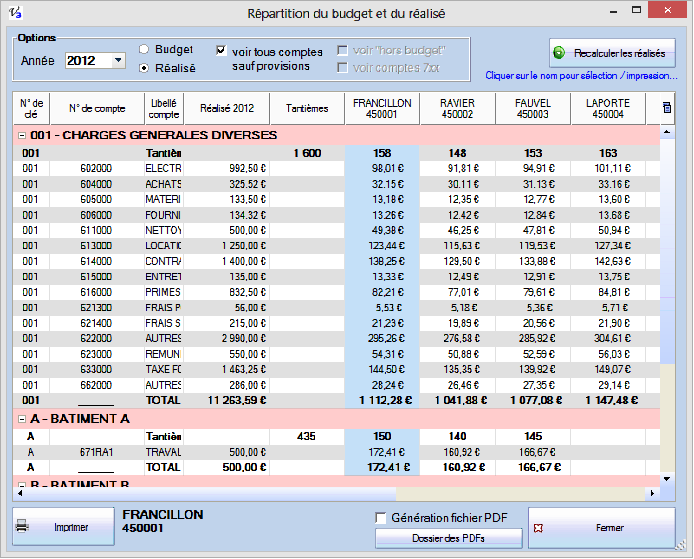- In American English, use double quotation marks for quotations and single quotation marks for quotations within quotations.
- In British English, use single quotation marks for quotations and double quotation marks for quotations within quotations.
Using short or long quotes) from the appendix. Appendices must be referred to in the body of the text; for example, ‘details of the questionnaire are given in Appendix B. NOTE: Appendices are not included in the word count. Examples of appendix items Appendices may include some of the following. Ellipses are a series of periods with spaces between them that indicate information has been left out of a quote. Three dots mean that at least one word is missing. For instance, the original quote, 'The boy in the blue suit went home,' could be shortened like this: 'The boy. English Translation of “quote-part” The official Collins French-English Dictionary online. Over 100,000 English translations of French words and phrases.
The rules for using quotation marks can seem complicated, but once you understand the basic principles, it’s not so bad. But what do you do when you’ve got a quote within a quote? Read on to find out.
Quotations Within Quotations
Why would you ever have a quotation within a quotation? Lots of reasons. For example, a character in a story may quote someone else aloud.
It suggests that this turtle rests on the back of an even larger turtle, which itself is part of a column of increasingly large world turtles that continues indefinitely (hence, 'turtles all the way down'). The exact origin of the phrase is uncertain. In the form 'rocks all the way down', the saying appears as early as 1838. English words for quote-part include share and quota. Find more French words at wordhippo.com!
The example above uses American-style quotation marks. The main quote is enclosed in double quotation marks. The quote within the quote, Do unto others as you would have them do unto you, is enclosed in single quotation marks. (The British convention is the opposite; the main quote would use single quotation marks and the quote within the quote would use double quotation marks.) If your single and double quotation marks end up next to each other (either at the beginning or end of the quote), you don’t need to add a space between them.
Quoting a Quote
How do you quote a quote? That is to say, what do you do when you’re quoting material that already contains a quote? The principle doesn’t change. In American English, use double quotes for the outside quote and single quotes for the inside quote. In British English, do the opposite.
Let’s say you need to quote a book for an essay, and the passage you have in mind contains a quote from some other source.
Imagine the original passage from the book looks like this:
Une Quote Part En Anglais

When you quote from this passage, you might say:
Une Quote Part Film
Notice that the quotes around there’s no such thing as a free lunch, Jimmy were double quotes in the original passage. But when you quote the passage, there’s no such thing as a free lunch, Jimmy becomes a quote within a quote, so you should change them to single quotation marks.